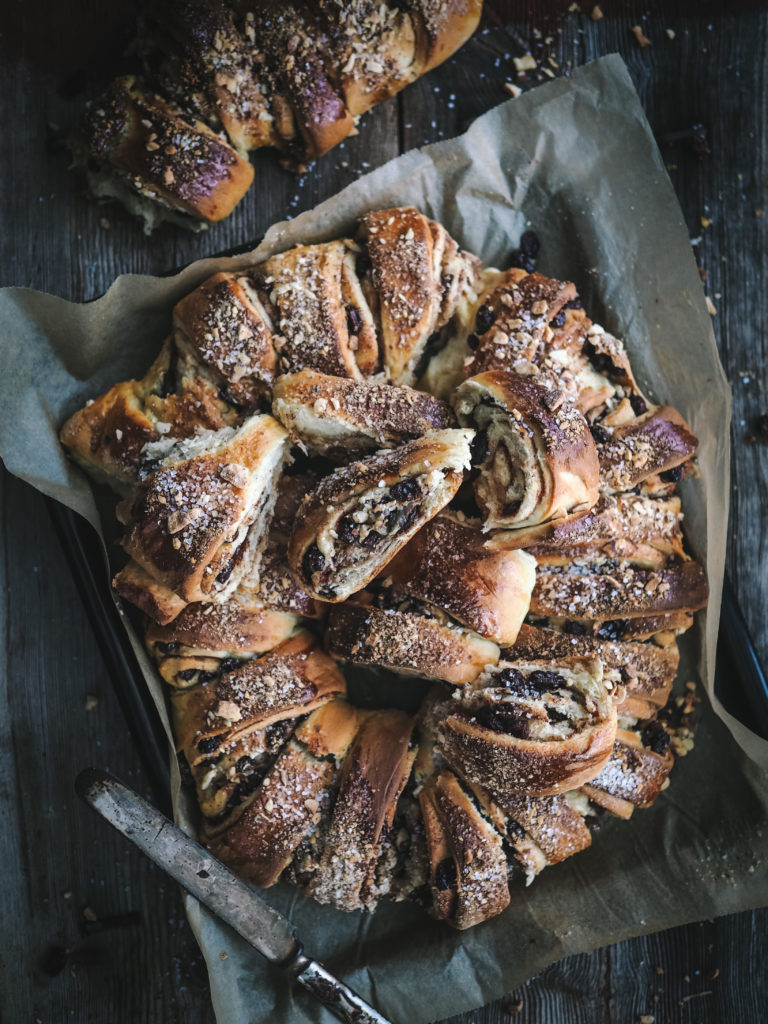
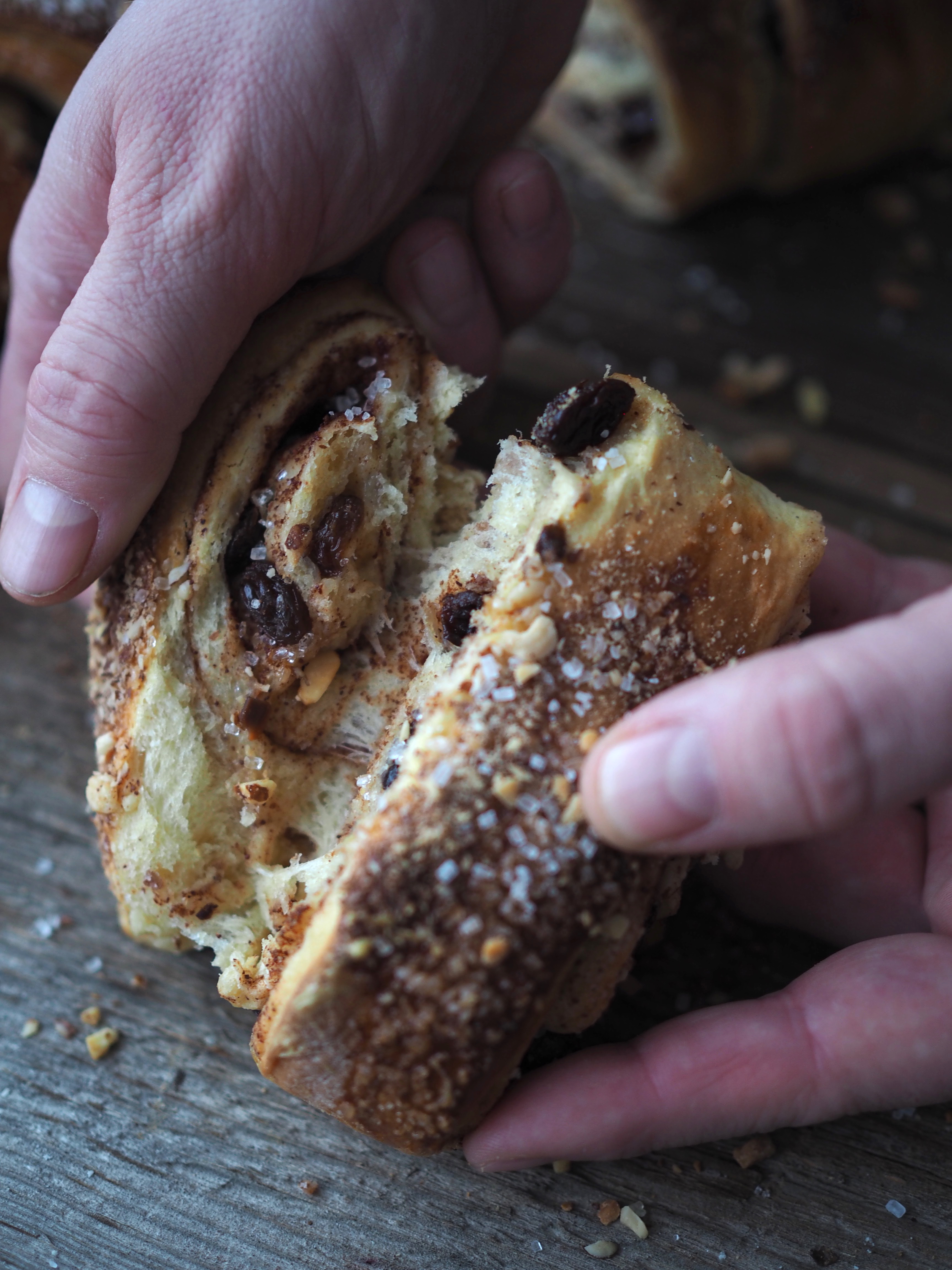 In the bright of the day, looking toward the bay, the water sparkles as the sun’s rays reflect off the waves with an intense luster creating an almost magical atmosphere. This reoccurring picture and likening to glitter is what gave inspiration for the name of a farm in Rollag three generations ago. It would, in recent times, be the inspiration behind the name of the baked good so loved and so often served at this farm, by the hands of Maj-Lis.
In the bright of the day, looking toward the bay, the water sparkles as the sun’s rays reflect off the waves with an intense luster creating an almost magical atmosphere. This reoccurring picture and likening to glitter is what gave inspiration for the name of a farm in Rollag three generations ago. It would, in recent times, be the inspiration behind the name of the baked good so loved and so often served at this farm, by the hands of Maj-Lis.
Glitrekringle, as Maj-Lis calls it, is an homage to their farm and children. The recipe was passed to her by a friend, who in turn received it from the wife of a priest. Maj-Lis put her own touch on it, and named it to reflect her family’s home because it soon became the kid’s favorite treat. It also so happens be aptly named “glitter” because the sugar on top of the pastry glistens with every bite.
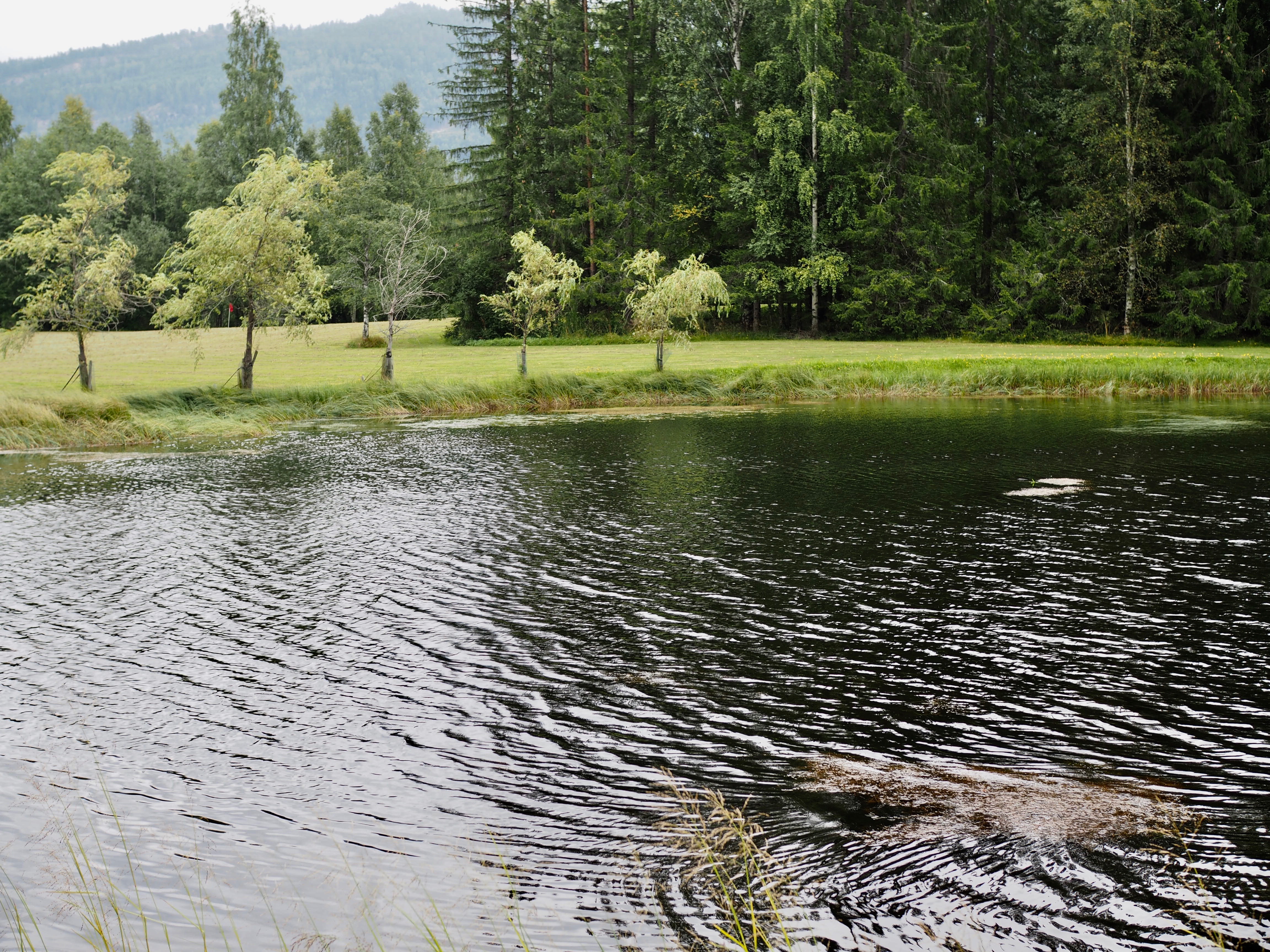

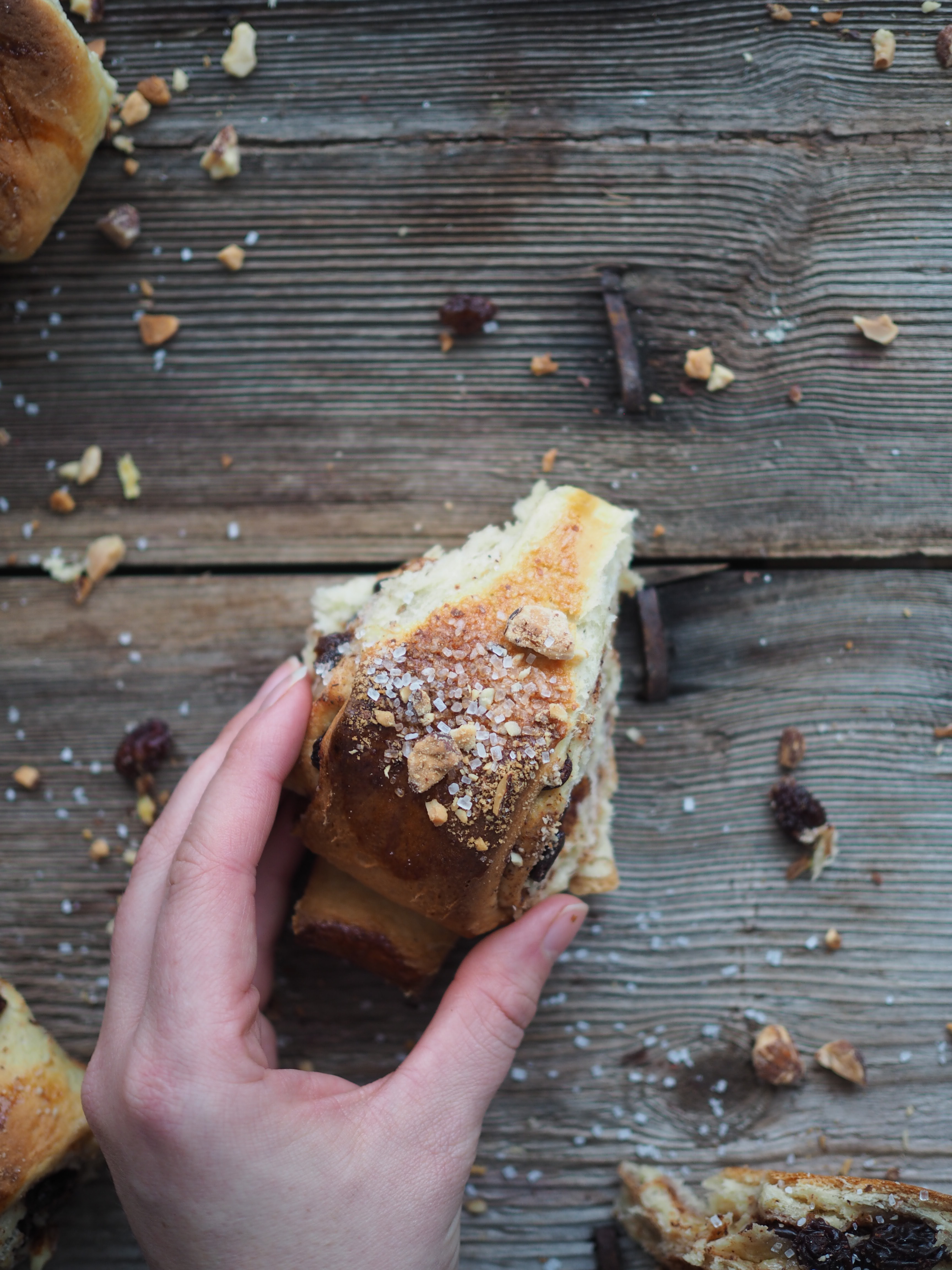
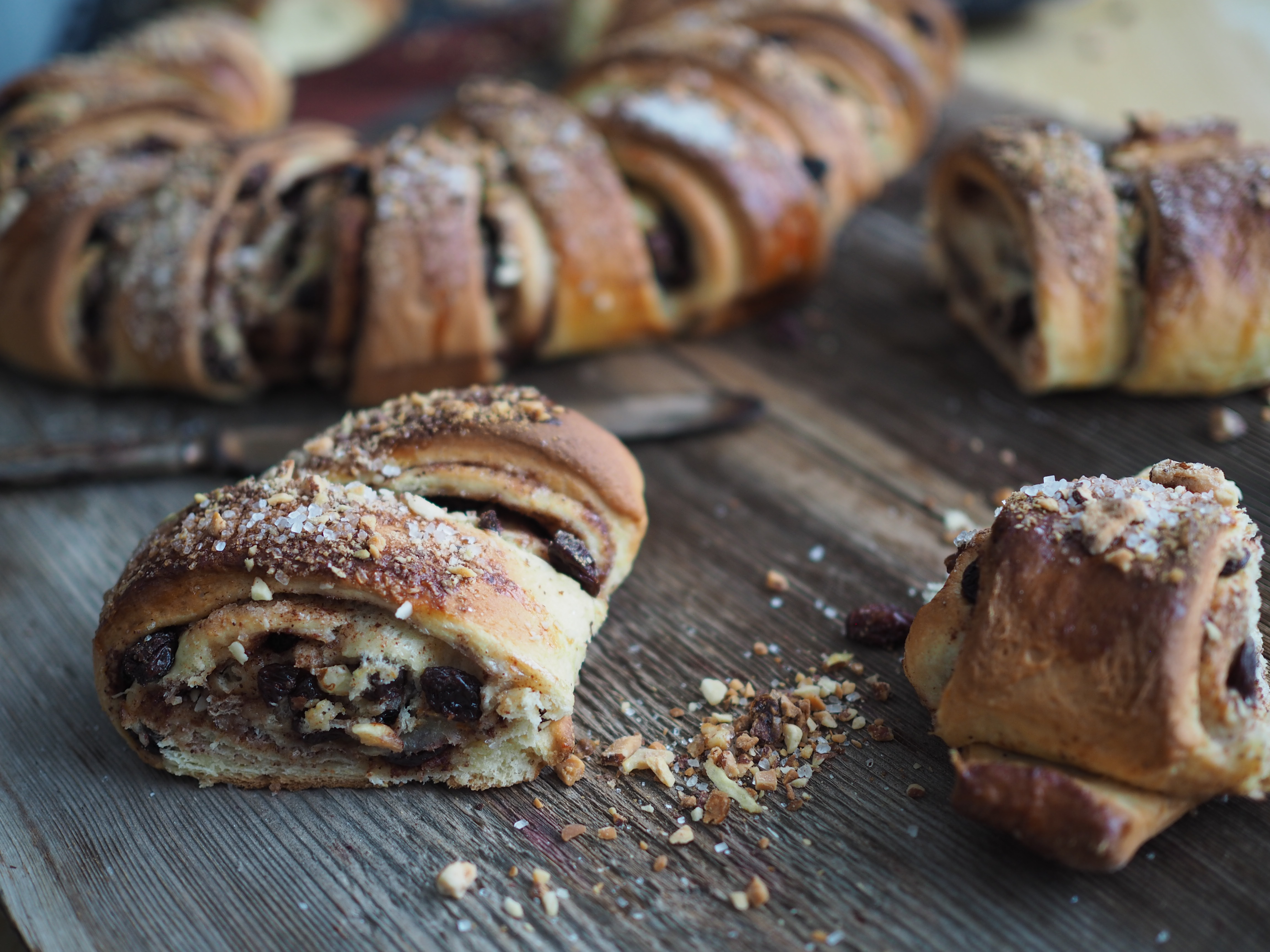 Kringle is a dough or pastry, shaped into a ring or circle, which traces back to the Middle Ages in Norway. It was a popular cake served during festive occasions, such as Christmas and weddings. Kringle made its way into Norway around the 17th century, and became well-known in the trade city of Bergen, which was famous for its bakeries and pastries (kringle being one), often influenced by other countries’ traditions.
Kringle is a dough or pastry, shaped into a ring or circle, which traces back to the Middle Ages in Norway. It was a popular cake served during festive occasions, such as Christmas and weddings. Kringle made its way into Norway around the 17th century, and became well-known in the trade city of Bergen, which was famous for its bakeries and pastries (kringle being one), often influenced by other countries’ traditions.
The shape of kringle is believed to represent arms crossed over the chest, which was a common way of holding one’s arms when praised in the Middle Ages. For some in Europe, kringle also represented luck, long life, and progress for the new year. A fitting way to say farewell to the old and welcome in the new.

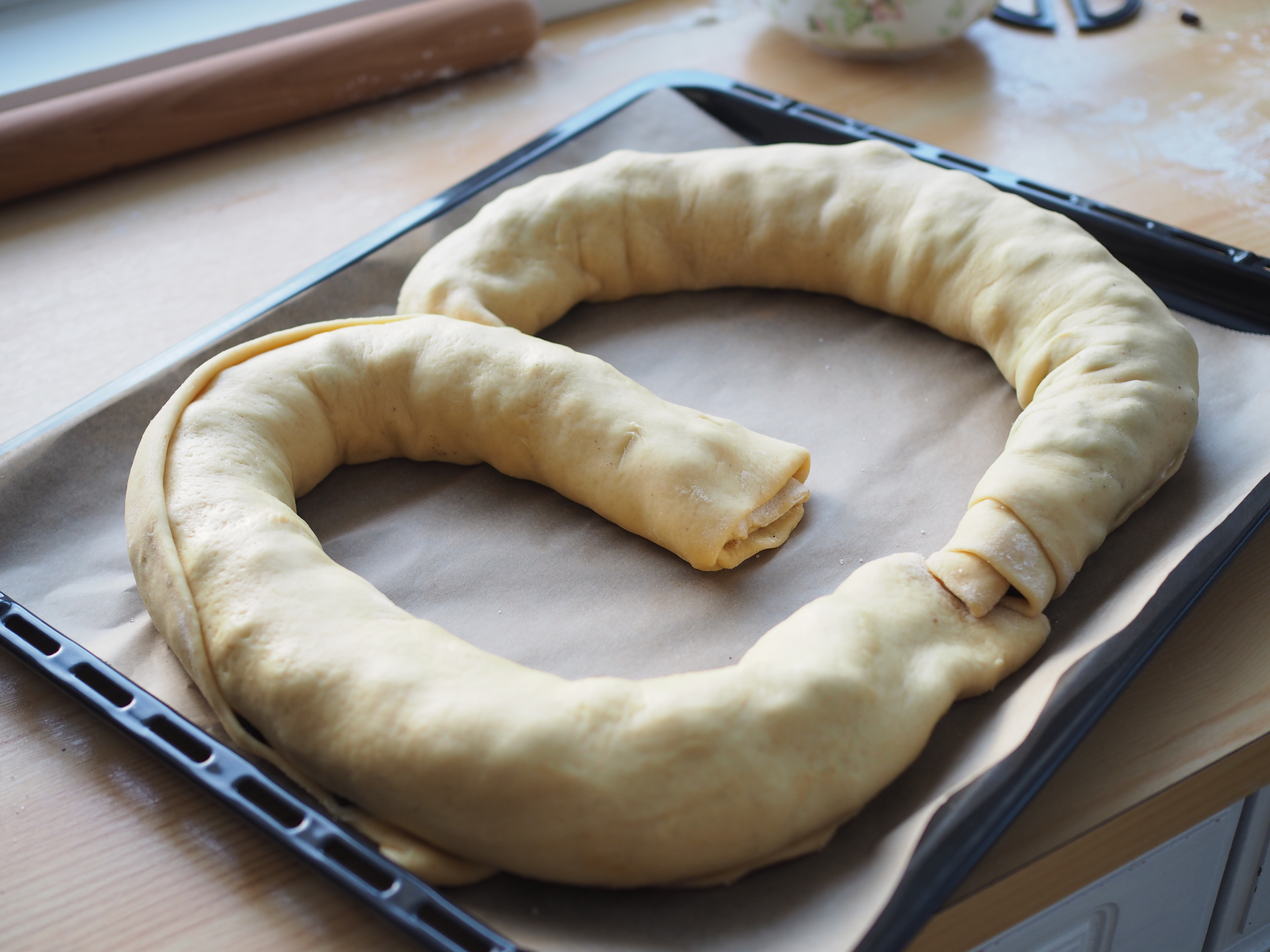
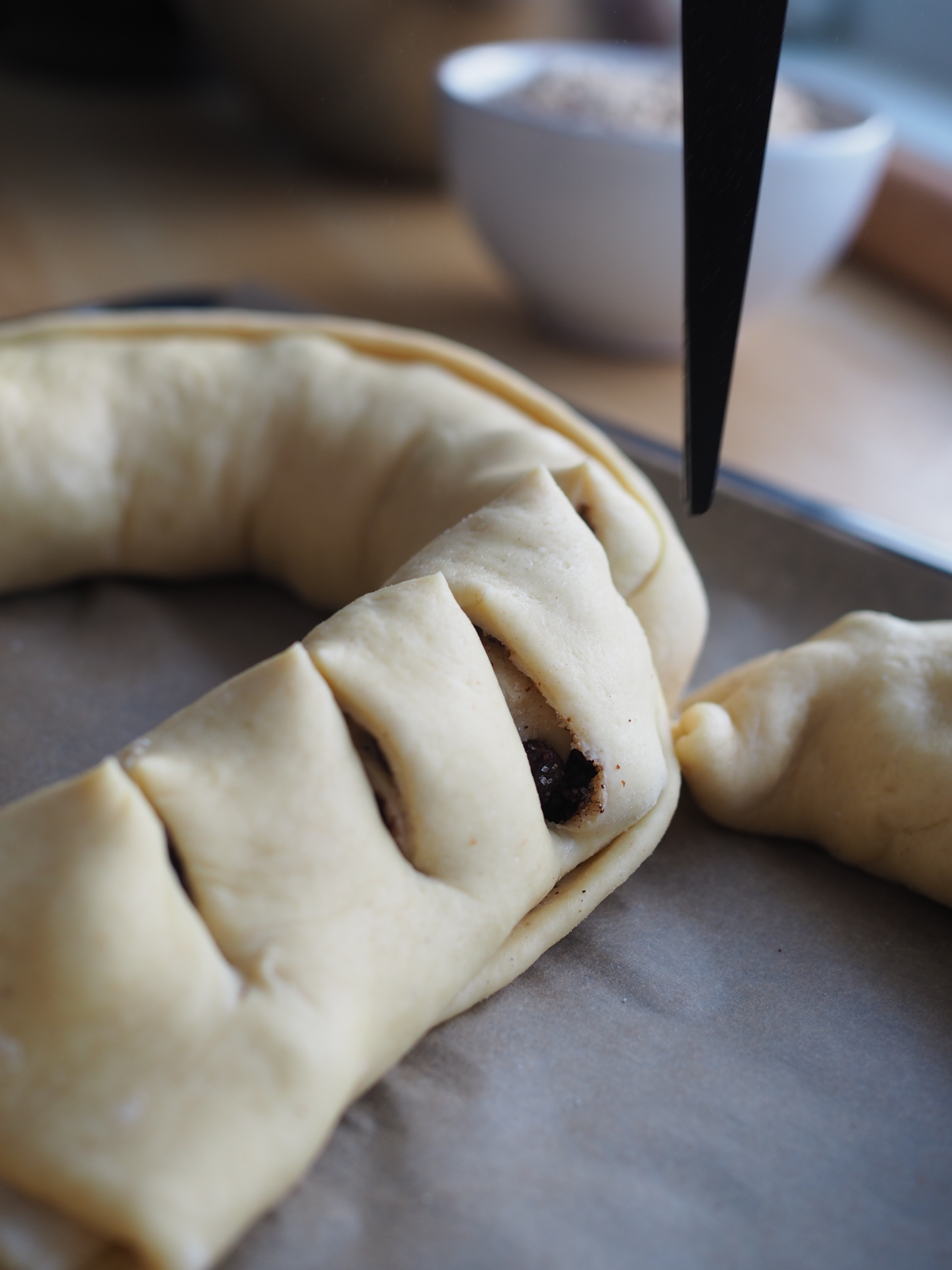
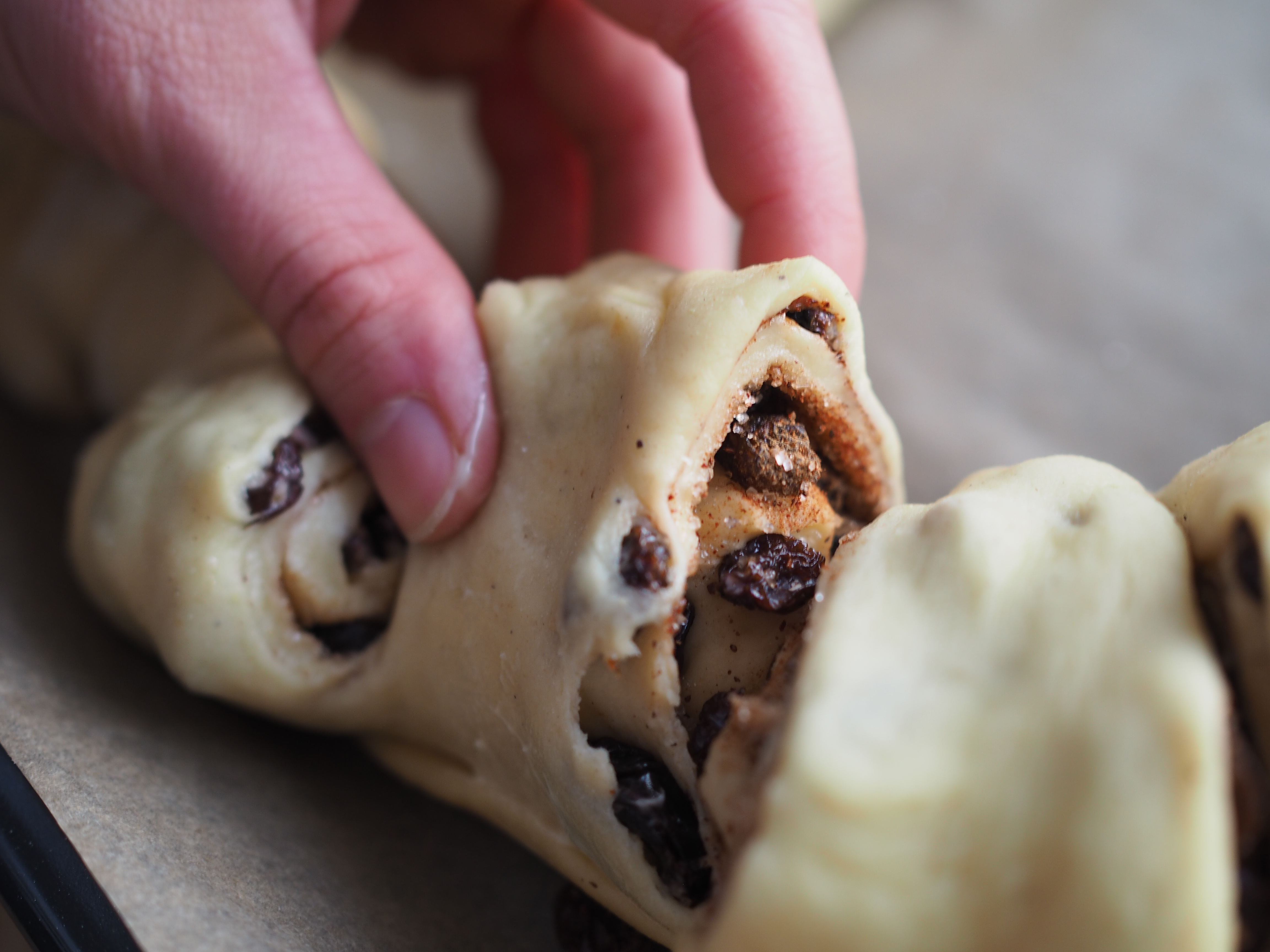

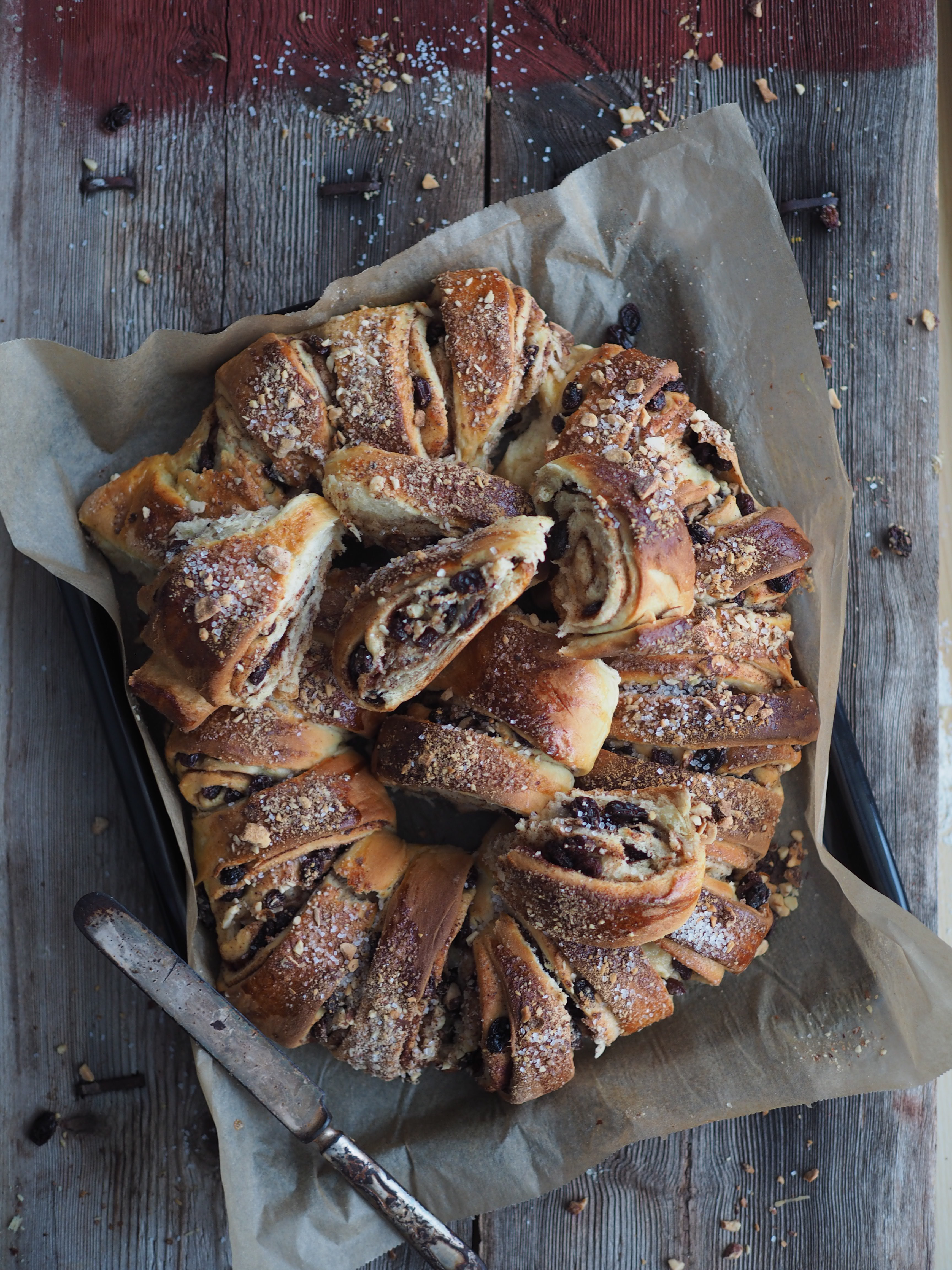 This is a beautiful and delicious sweet bread that brightens up any afternoon coffee or tea gathering. You can adjust the amount of raisins and almonds upon your liking, or even add in other dried fruits or nuts. Maj-Lis often doubles or triples the recipe and freezes a large portion to have on hand when guests stop by. You can also experiment with the shape and the incisions.
This is a beautiful and delicious sweet bread that brightens up any afternoon coffee or tea gathering. You can adjust the amount of raisins and almonds upon your liking, or even add in other dried fruits or nuts. Maj-Lis often doubles or triples the recipe and freezes a large portion to have on hand when guests stop by. You can also experiment with the shape and the incisions.
Maj-Lis’s Glitrekringle
Serves 16 to 20 (makes about 32 pieces)
For the dough:
- ¾ cup plus 1 tablespoon plus 1 teaspoon (190 g) butter
- 2 ounces (50 g) fresh yeast
- 1 ½ cups plus 1 tablespoon (375 ml) milk
- 7 ½ cups (900 g) sifted, all-purpose flour
- 1 cup (200 g) sugar
- 1 ½ teaspoon cardamom
- 3 large eggs, preferably room temperature
For the filling:
- 8 tablespoons softened butter, divided
- 8 tablespoons granulated sugar, divided
- 4 tablespoons ground cinnamon, divided
- 1 ½ cups (500 g) raisins, divided
For the finish:
- 1 egg, beaten
- About 4 tablespoons Danish sugar, pearl sugar, or caster sugar
- About ¾ cup (100 g) roughly crushed almonds
Melt the butter and cool to room temperature.
Dilute the yeast in a little of the milk and add to the cooled butter along with the rest of the milk. Pour into the bowl of a kitchen mixer with the dough attachment. Add the flour, sugar, cardamom, and eggs. Turn the mixer on medium-low for 15 minutes to get a soft and elastic workable dough.
Place the dough in a large, oiled bowl. Cover the dough with a tea towel and let stand 2 to 3 hours, or until doubled in size.
Divide the dough into two equal parts on a lightly floured surface. Roll out the first dough into a large rectangle with a thickness of 2/5-inch (1 cm). Smear a thin layer of butter, about 4 tablespoons, over the entire dough. Sprinkle the top evenly with 4 tablespoons sugar and 2 tablespoons cinnamon, followed with half of the raisins, about ¾ cup. Roll upwards from the bottom to top, to form a long sausage. Shape as shown (figure 1), with the rolled edge facing downward on a large baking sheet with parchment paper. Repeat with the other dough, filling with the rest of the butter, sugar, cinnamon, and raisins. Shape as shown, with the rolled edge facing downward, and the ends almost touching the other dough (figure 2). It is not necessary to pinch the ends of the two pieces of dough together, as they will “melt” into each other as they bake.
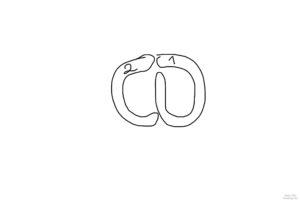
Make deep incisions, about ¾ deep, throughout the dough with sharp scissors, being careful not to cut all the way through the dough. Space each incision about 1 ½-inches (4 cm) apart. If you wish, you can gently pull one piece of dough to the side, then pull the next piece to the opposite side – fanning the pieces away from the center in alternative motions – until all pieces have been used. This creates a more textured shape. Brush the top of the dough with the beaten egg, and cover with the sugar and almonds, adding more or less as preferred.
Heat the oven to 425° F / 220° C. Drop the temperature to 400° F / 200° C, and place the kringle in the oven. Bake for 27 minutes or until golden brown on the top. Remove from the oven and let cool slightly. Serve the kringle as soon as it has cooled slightly for the best taste.
To store, place in an airtight container or plastic bag at room temperature for up to 2 days or in the freezer for up to 2 months. If serving after freezing, allow the kringle to defrost at room temperature then place in the oven at 400° F / 200° C for a couple of minutes or until warm throughout.
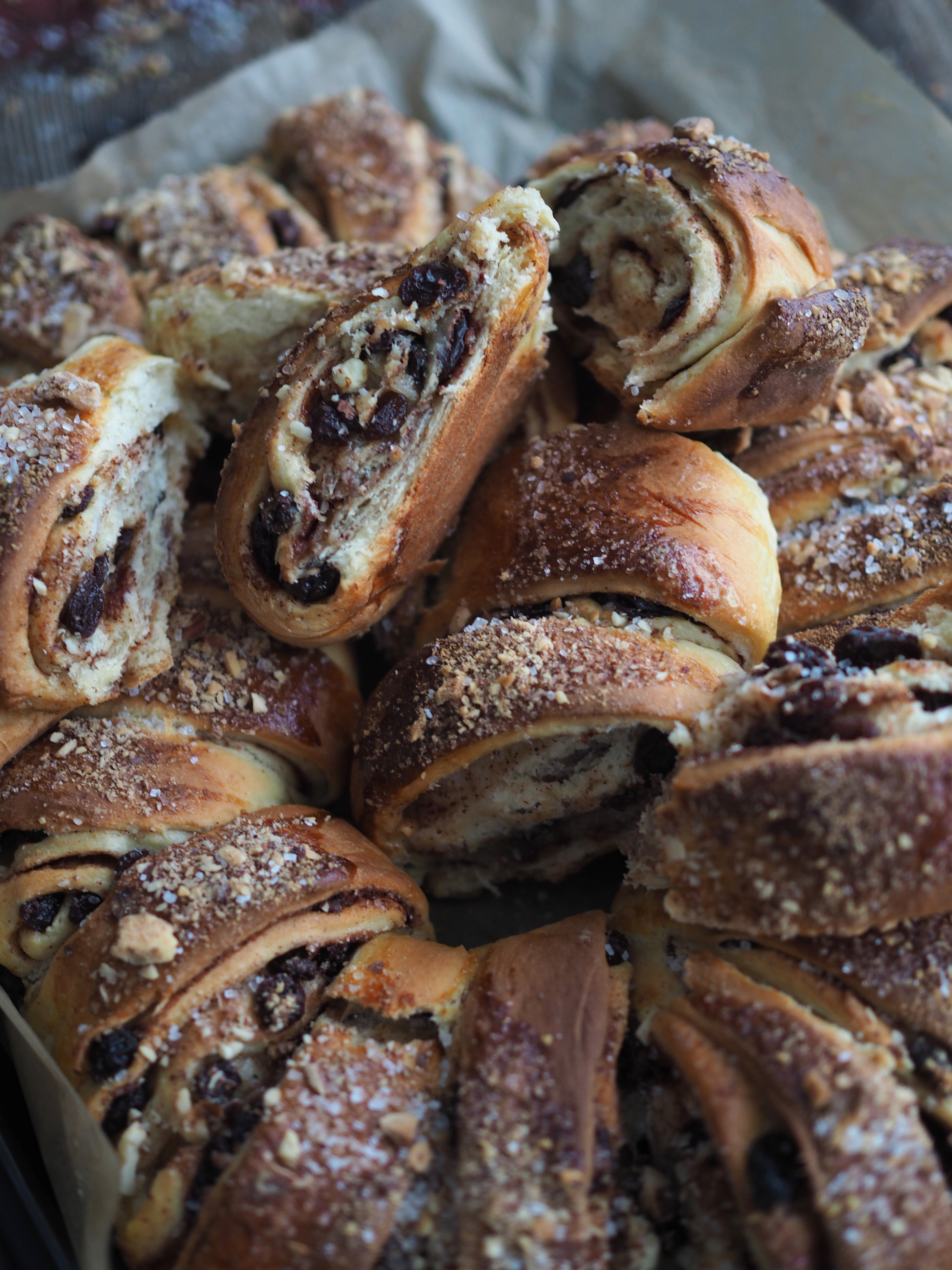
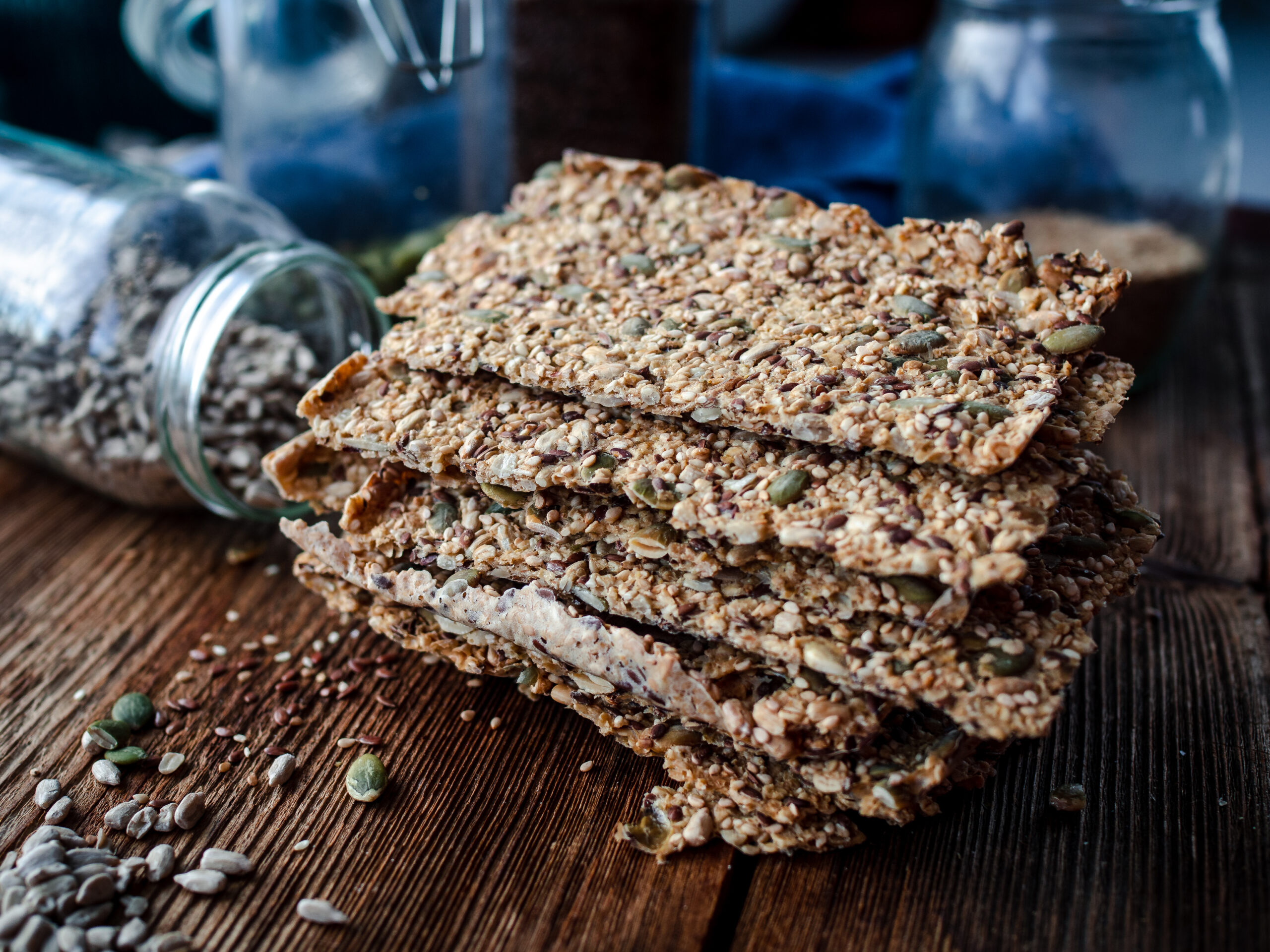
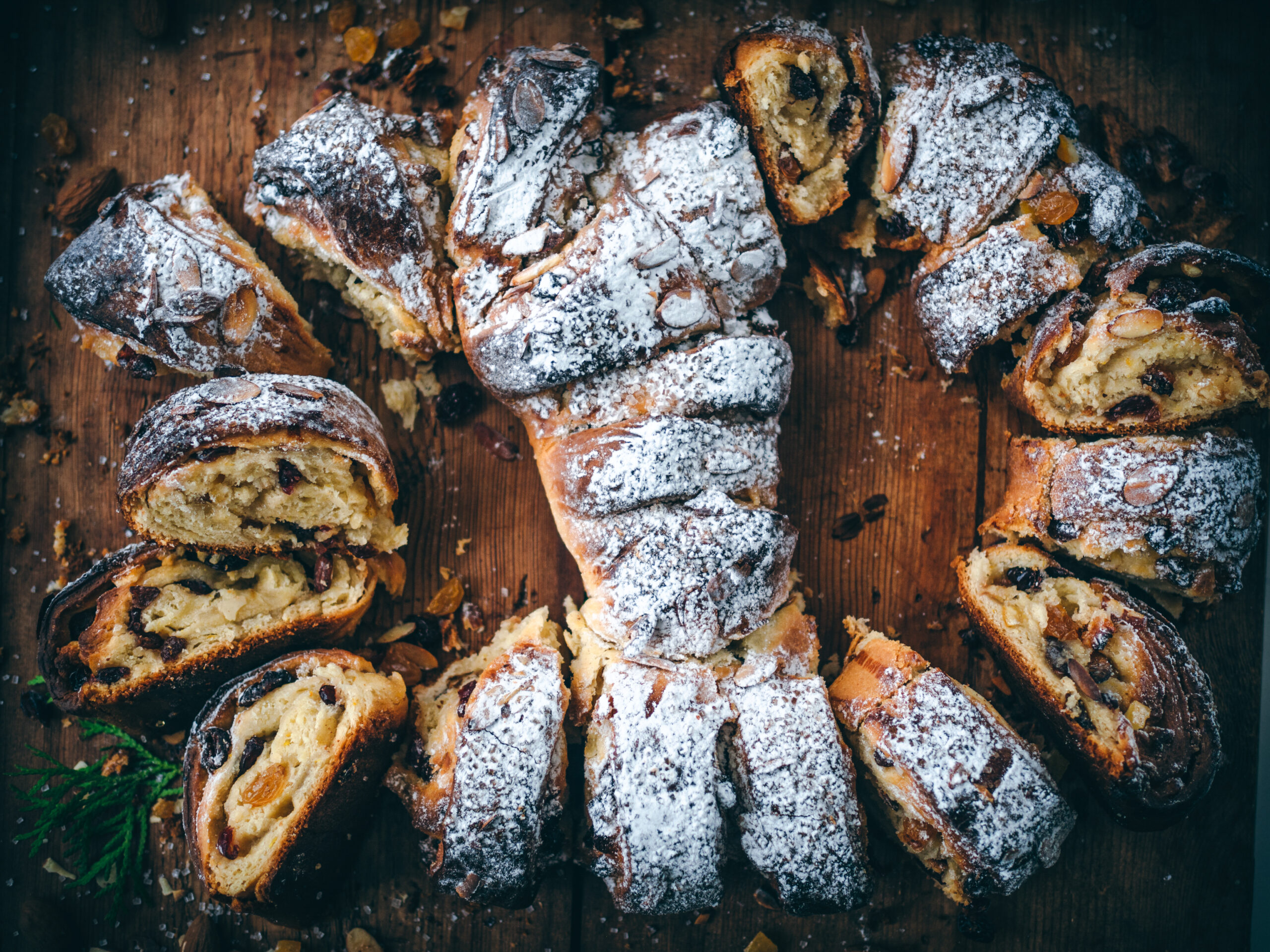
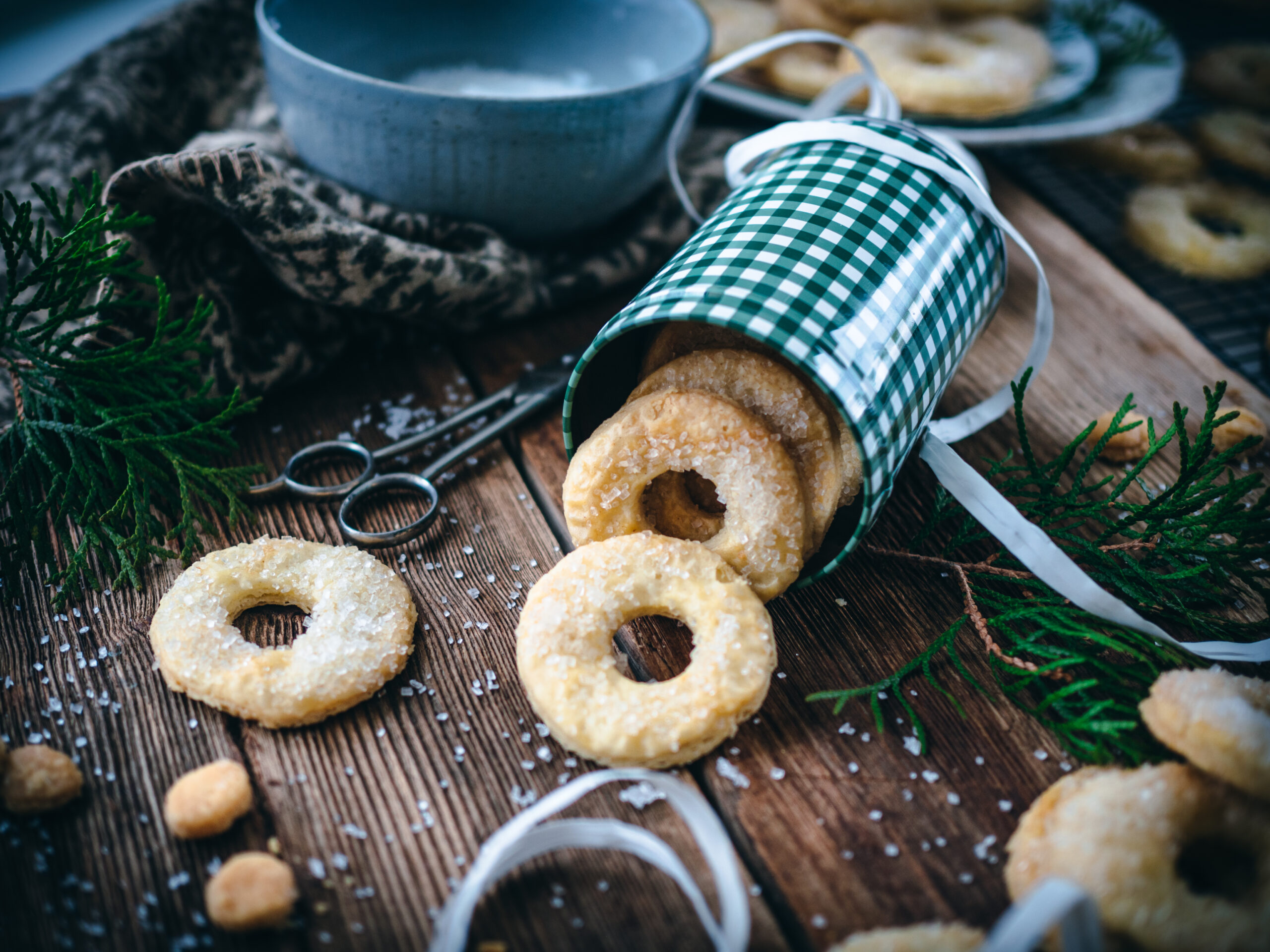
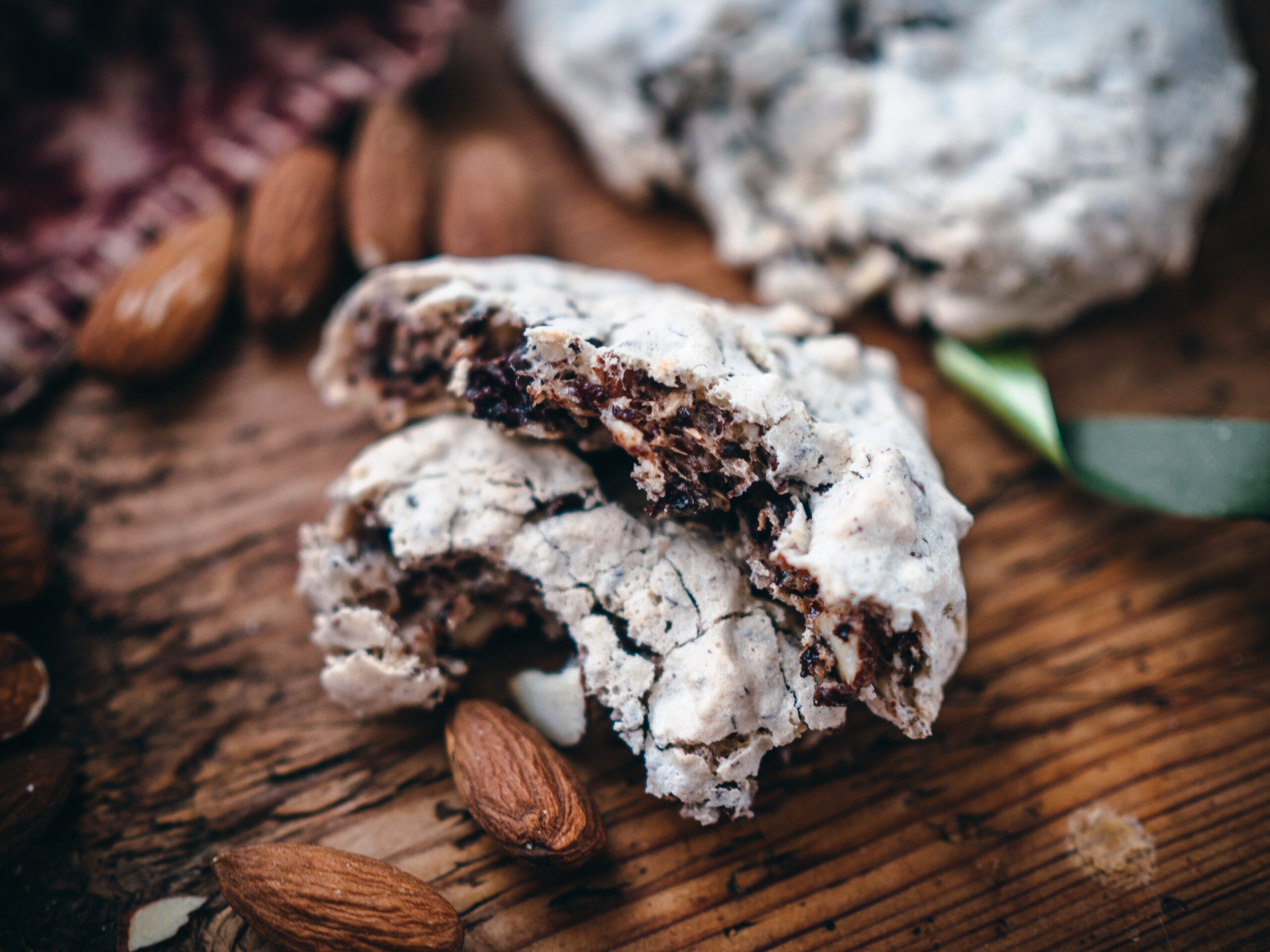

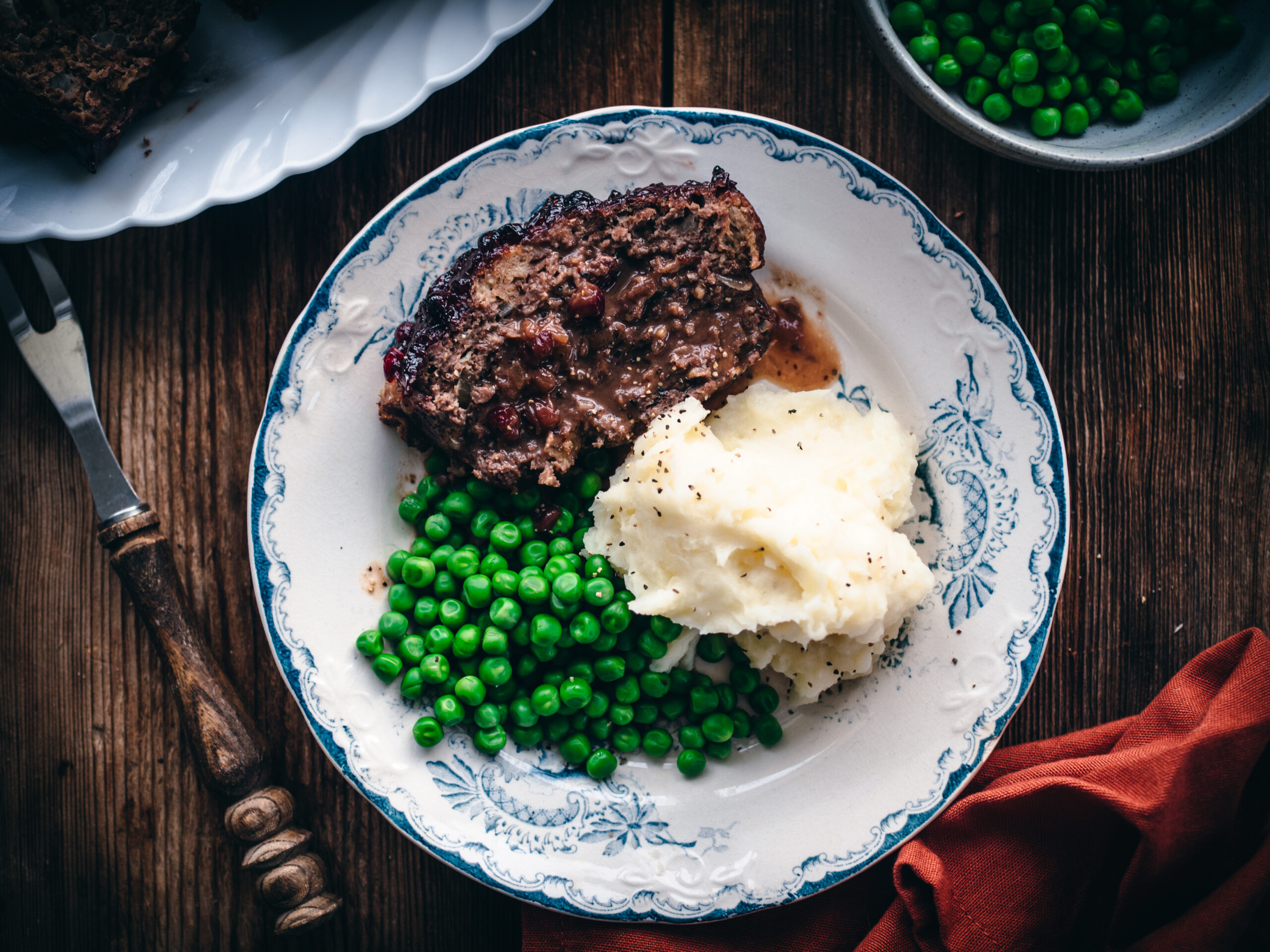
Amazing work and amazing photography! How we’d love to have a window like yours with this stunning winter view! Everything about this recipe is delicious and full with seasonal aromas like the cinnamon and cardamom.
Hope you had a beautiful Christmas! Wishing you the best for 2018!:) Keep inspiring us!
Mirella and Panos
Many thanks you two! I hope the new year is filled with great things for you both 🙂
Can’t wait to try this recipes It looks divine. Can I freeze it? thanks, Suzanne
Thanks Suzanne. Yes, you can freeze it! Here are the instructions I listed above: To store, place in an airtight container or plastic bag at room temperature for up to 2 days or in the freezer for up to 2 months. If serving after freezing, allow the kringle to defrost at room temperature then place in the oven at 400° F / 200° C for a couple of minutes or until warm throughout.
Hi Nevada,
Just wondering if this can be frozen before it is baked. Thank you! I’ve just finished making this, the pepperkake and the snipp cookies for my Norwegian dad!
Hi Tina. I typically freeze kringle after it has been baked, leaving it to thaw overnight and then warming it up in the oven before serving. If you freeze before it’s baked, then do so after the final rise. Then, let it thaw and bake as instructed. Enjoy!
Hei, do you mean .2 ounces of yeast?
If using fresh yeast, the conversion is about 2 ounces as stated. If using instant yeast, then it is 1/2 ounce (14 g).